Rules for sanitary and formative pruning of thuja
If deciduous ornamental shrubs are regularly trimmed by all owners, then pruning of thuja and other coniferous plantings is questionable for many. Sometimes it is really not necessary to form a crown if the tree by nature has beautiful even outlines, and you do not need a perfect outline. For example, you can plant several pyramidal plants in a barbecue meadow - they will fit well into the natural landscape, and small deviations from the correct shape will give the plantings a natural look. Only in this case it will be unwise to completely abandon pruning. If not sanitized, dried and damaged branches will lead to disease and a deterioration in the appearance of the plant.
Pruning for sanitary purposes
You can shape the crown or leave the trees to grow in their natural form, but you still have to tackle the pruner every year. In April, inspect your plantings, find any broken, dead and damaged branches and remove them. At the same time, it is necessary to thin out too dense crown. If the shoots are located close to each other, the plant will not be able to ventilate, and pests and fungal infections will gladly settle in the stagnant air on the shoots.
In the fall, you need to prepare the tree for wintering. Before frost, carefully inspect all branches; over the summer they could get sick, break off, or be attacked by pests. Do not leave diseased fragments until spring, winter cold will not kill larvae or pathogens. With the onset of warmth, all problems will only worsen. If you notice that the bush is overgrown with new shoots very quickly and after the spring thinning the crown is again very dense, take note that the amount of fertilizing next year needs to be reduced.
In order to injure the plant as little as possible when cutting, choose the right tools. The blades should be very sharp so as not to crumple, but to cut off the shoots evenly. Since conifers give off a resin that is very difficult to wash or wash from the skin, wear gloves and an apron or work gown.
Depending on the thickness of the cuttings to be removed, use the appropriate tools:
- thin twigs are cut with garden shears;
- for shoots of medium thickness, you will need a pruner;
- old thick branches are removed with a lopper or a hacksaw.
How to give the crown its original shape?
The first formative pruning should be done in the spring. Because thuja grows very quickly, you may need to trim the branches every month to keep the trees looking neat. When pruning, be sure to leave young shoots throughout the crown volume: this plant does not release new buds on aged twigs devoid of needles. If in some area there are some old branches, ugly holes will form in the green cover. Better to remove perennial shoots and allow new young branches to grow. In autumn, correct the shape, shorten too long shoots.
Advice
If you want a wide, but low thuja to grow on the site, cut off its top at a given level. The upward juices will go to the lateral shoots, and the crown will quickly increase in diameter.
If you want to give the thuja an original shape, use it for hedges or green sculptures, do not wait for the tree to grow, start shaping the crown immediately after planting. Create the desired configuration on a small tree.It's okay if in the early years along the path you get not a powerful green fence, but a thin low curb. Do formative pruning every season and over time the fence will grow to the desired width and height.
There are varieties, the formation of the crown that must be done necessarily and constantly. If you plant a thuja Brabant and allow it to grow as nature intended, the bush will turn out to be loose and spreading. There will be large gaps between the shoots, and the bush will not look like an even green column, but like a piece of cheese with many large holes. Trim the plant immediately after planting and adjust its shape annually - only with this care will Brabant release the required number of shoots into the crown and have a solid green surface.
Pruning branches weakens the plant, so don't cut them too hard. Prune no more than a third of the shoots in one season, and do the rest next spring. In the fall, tweak the shape of those branches that you have already cut this season. Don't rely on your eye when working. To give the crown the correct even shape, use templates with the outlines of a triangle, circle, square.
Proper care of trimmed trees
Sanitary pruning of thuja is done to protect plants from diseases and pests, but with the wrong approach, problems can arise after any cutting with trees. When you remove excess branches, resin flows from the wounds, the plant weakens. We need to help him quickly heal the damage and recover.
Immediately after pruning, water the plant, add fertilizing and treat with a growth stimulator. Pay special attention to the thuja from which you removed many branches: in case of large damage, it needs good care. Fertilize, but don't overdo it. With over-nourishment, the plant will start to produce a lot of shoots, and the crown will again become too dense. The first time after cutting, observe your pets - if you notice diseased areas or an invasion of harmful insects, take measures to save the plant.
For work, you need to choose a cloudy day. When pruning under scorching sunlight, yellow or brown areas appear on the needles, the bush will lose its decorative appearance. In rainy weather, a haircut is also not recommended; it should not be sunny outside, but dry. Do not run to the thuja with a pruner immediately after rain: high air humidity will provoke the development of diseases and the appearance of pests. Wait for the drops to dry, and then go for a haircut.
What types of thuja to choose for site design?
Do not buy seedlings until you have decided exactly what function they will serve. Novice gardeners often prefer pyramidal varieties. For beginners, this is the right choice: a beautiful even cone will decorate any flower bed, lawn or porch area. It is easier to design their crown than that of species that have the shape of a column or a ball.
When a florist has mastered the techniques of a simple haircut well, he will want to decorate the site with hedges and green sculptures. At this stage, you need to approach the choice of varieties rationally, so as not to create unnecessary difficulties for yourself and not to exhaust the tree with a large amount of pruning. If you need a rounded surface, why plant a pyramidal thuja and use complex haircuts to turn it into a sphere? After all, there are spherical species. For an even column in a living fence, a columnar thuja is more suitable.
Breeders have bred many varieties with a crown of various configurations:
- pyramidal - Smaragd;
- columnar - Brabant, Columna, Fastigiata;
- spherical - Danica, Woodwari, Globozum.
These trees lend themselves very well to pruning, and if you wish, you can give any shape to each of the species, but it will take a lot of work and time to form the crown. Thuja, trimmed with a spiral, looks very beautiful (in this case, it is better to take pyramidal varieties).Plant Danica or Vudwari in the center of the garden, which can be easily transformed into a large green ball.
If you want to create a complex composition, one tree is not enough. Sketch your idea on paper and think about what types of plants you need. It is better to cut a doll in a fluffy dress from a pyramidal tree, and a Kolobok or a hedgehog from a spherical thuja. To imitate the walls of an ancient fortress, you will need thujas of different shapes and sizes - calculate the required number of seedlings so that you can fully reveal your idea.
If you want to create live compositions of a wide variety of shapes on your site, use thuja. These trees have a dense crown and lend themselves well to cutting. With proper pruning, your dacha will be decorated with even green balls, cones, spirals. Of course, you will have to keep an eye on the plantings, in the summer you will have to walk through the area with a pruner several times and cut off the branches that break out of the main contour. Do not be alarmed, this work will not take much time, and the result will delight both the owners and all visitors to your summer cottage.
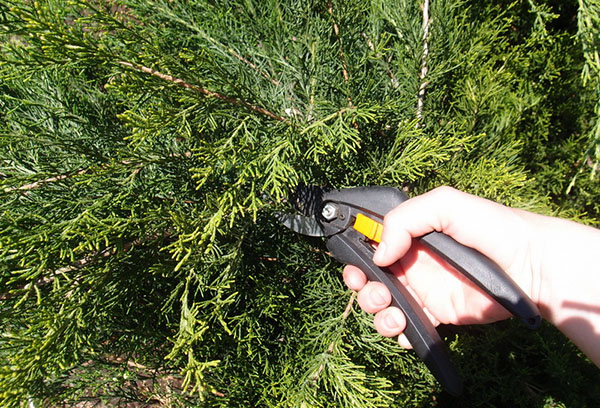

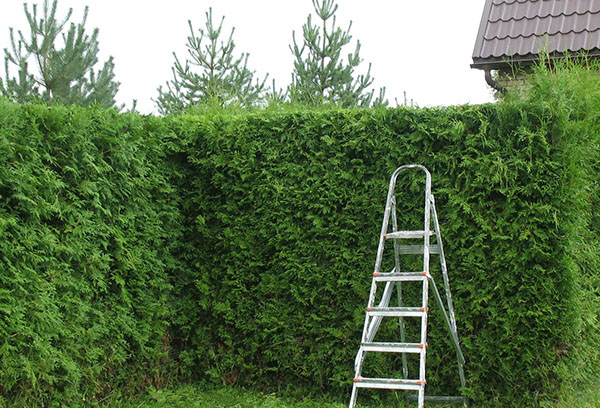

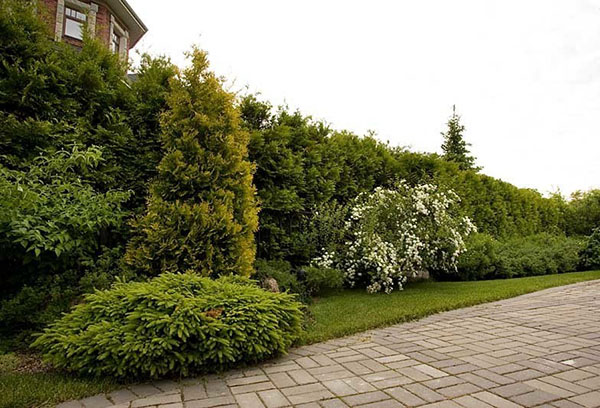
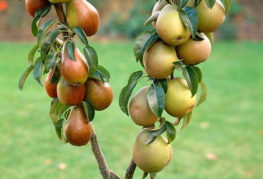
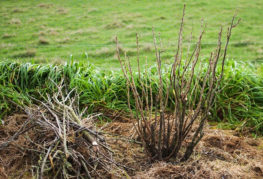
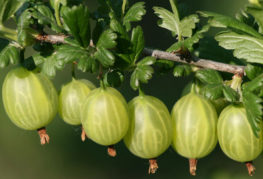
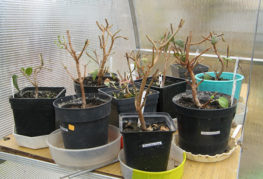

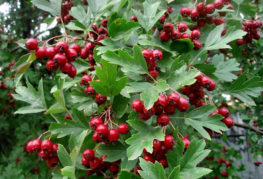
and will be published shortly.